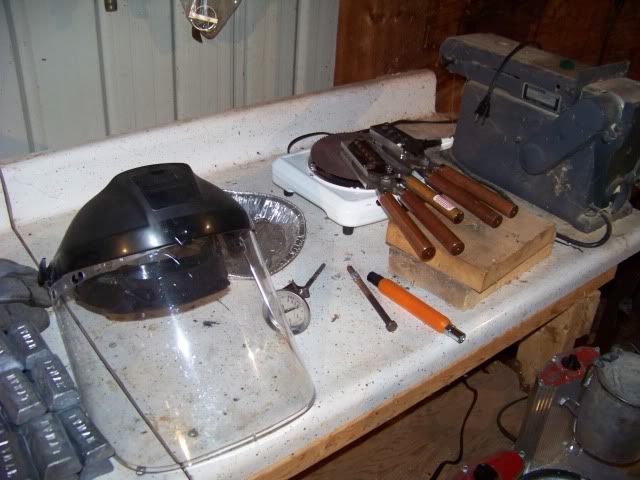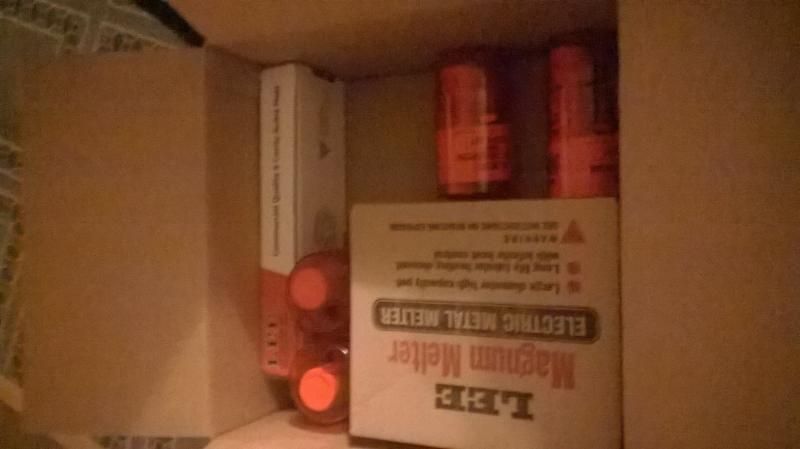Well to be honest on your concerns of the hardness, and the blending, yes the blending will help you, but if your friend don't have a hardness tester how is he going to know. If they shoot good and don't lead up your barrel, that is what is expected nothing more.
If you are simply looking for target type loads, you could use up to a 50/50 blend of the pure with your straight WW alloy and still have plenty shootable bullets in most calibers up to around 1100fps loads. That said choose the slower of the powders to work with and you will be better off. Not necessarily H-110 slow, but something along the lines of Universal, or Unique, HS-6 types. You mentioned 9mm, my good friend is using range lead, and both Bullseye, and AA-5 to load for his with great results.
Now if your looking to crank up the power, then straight WW's should be fine for those. Again try to use the powders which will build pressure slower than those which really give the bullet base a slap on the rear. To be honest, I have been running some 357 top end loads out of my GP-100's and in a 10" Contender and the only issue with leading was when I used the top load of Blue Dot. It has a hotter burn than the 2400 or AA-9 I ran it against, which is what I suspect aided in the left behind smears. Everything else was identical on the different loads except for the powder.
To your sizing question, well I am old school I guess and sometimes I think outside the box and other times not so much. I was watching a video just yesterday at lunch with my friend who is gearing up to PC his bullets. There right in front of my eyes was something so blatantly obvious I just had to laugh out loud.
This fellow was using a Lee sizing die, and one of the small Lee single stage presses, of which I have a couple or three for various little jobs. He had the press mounted hanging upside down. This had the sizing die set up so that he was dropping them into it and when they were pushed out the bottom they fell right into one of those little square bins which was mounted so that it would slide in and out of the brackets. He was getting them through there in record time as they fell right into the opening at the bottom of the die. It was simply ridiculous, and I have to say very clever indeed. I am sure that it will be something I look into in the coming months.

But I digress as usual, back to your alloy hardness worries. If you will download the Alloy Calculator from BUMPO, on the CB's site under a sticky in Lead and Alloys, you will find it VERY helpful in getting your blends close enough for anything your attempting to work with. It uses pounds to calculate what you put in and spits out, very closely, what you will end up with, and approximately the hardness. I use one of the Cabine Tree testers when I mix up a new blend and so far it has been usually within a point or three of just what it said it should be.
One other little thing that might help you out if your a bit number challenged like I am, is a freeware program called Convert. It allows you to input the weights as pounds and as you do it spits out what the amount in ounces should be. This works real well when your working up a blend with the calculator and your hitting something like 5.64 or 5.83 pounds of tin or what ever, to get to your wanted alloy. Then you have the output in ounces that is MUCH easier to weigh out on a small digital postal scale. You weigh out the pounds on the big scale then the percentage of a pound in ounces on the smaller one. It also makes it a ton easier to repeat if you DO find something that really works well.
Oh and just as an aside, I mostly use alloy that runs in the neighborhood of a 10-12 range for all of my revolvers, with only a couple of exceptions where I DO use straight WW's. I did quench some here recently to test them at top end velocities from my Contender, but for the most part I simply use it air cooled. I do have some GC molds that I will push them up into true magnum velocities and pressure with like for my 454 but even those are air cooled straight WW. I use the alloy calculator the most when I am working with a HP mold and want things to fully expand but not disintegrate on impact. It is a balancing act to hit the expansion at the velocity you want to use without blowing things to pieces or being so soft it leads up the barrel or restricts you to a lower velocity than you want. Not so much an issue with solids, but once you get up and running you WILL get the HP itch and will find out real quick some things just don't seem to work like you think they ought to.

Anyway hope that helps out some



